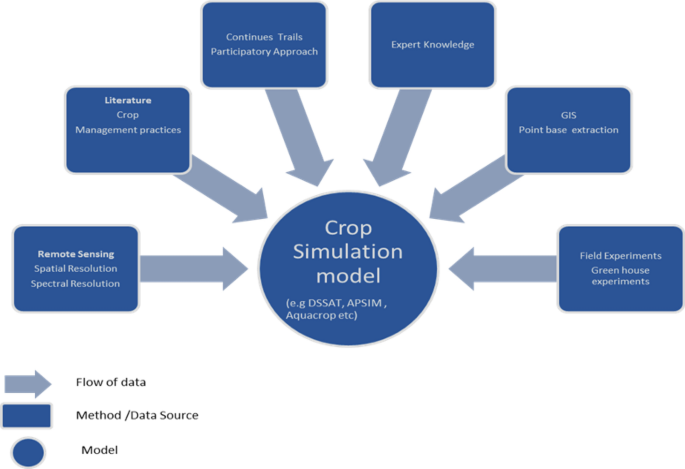
colona, resulting in an extra 5 years of glyphosate usefulness (18 v. oleraceus, because of its propensity to emerge year-round, was less exposed to selection with glyphosate than E. ( iv) Weed species’ ecological characteristics, particularly seed bank dynamics, have an impact on the effectiveness of resistance strategies S. ( iii) Pre-emergence herbicides are important, but should be backed up with non-glyphosate knockdowns and strategic tillage replacing a late-season, pre-emergence herbicide with inter-row tillage was predicted to delay glyphosate resistance by 4 years in awnless barnyard grass. ( ii) Two non-glyphosate tactics in-crop plus two in-summer fallows is the minimum intervention required for long-term delays in resistance evolution. High-efficacy, high-frequency survivor control almost doubled the useful lifespan of glyphosate from 13 to 25 years even with glyphosate alone used in summer fallows. ( i) Controlling glyphosate survivors is the most robust approach to delaying or preventing resistance. We used a model of glyphosate resistance dynamics to perform simulations of resistance evolution in Sonchus oleraceus (common sowthistle) and Echinochloa colona (awnless barnyard grass) under a range of resistance prevention, delaying, and management strategies.įrom these simulations, we identified several elements that could contribute to effective glyphosate resistance prevention and management strategies.

Effective strategies to avoid, delay, and manage resistance are thus of substantial value.


Although strategies for delaying glyphosate resistance and those for managing resistant populations are qualitatively similar, the longer resistance can be delayed, the longer cotton growers will have choice over which tactics to apply and when to apply them. Resistance causes an immediate reduction in the effectiveness of in-crop weed control in glyphosate-resistant transgenic cotton and summer fallows. Glyphosate resistance is a rapidly developing threat to profitability in Australian cotton farming.


 0 kommentar(er)
0 kommentar(er)
